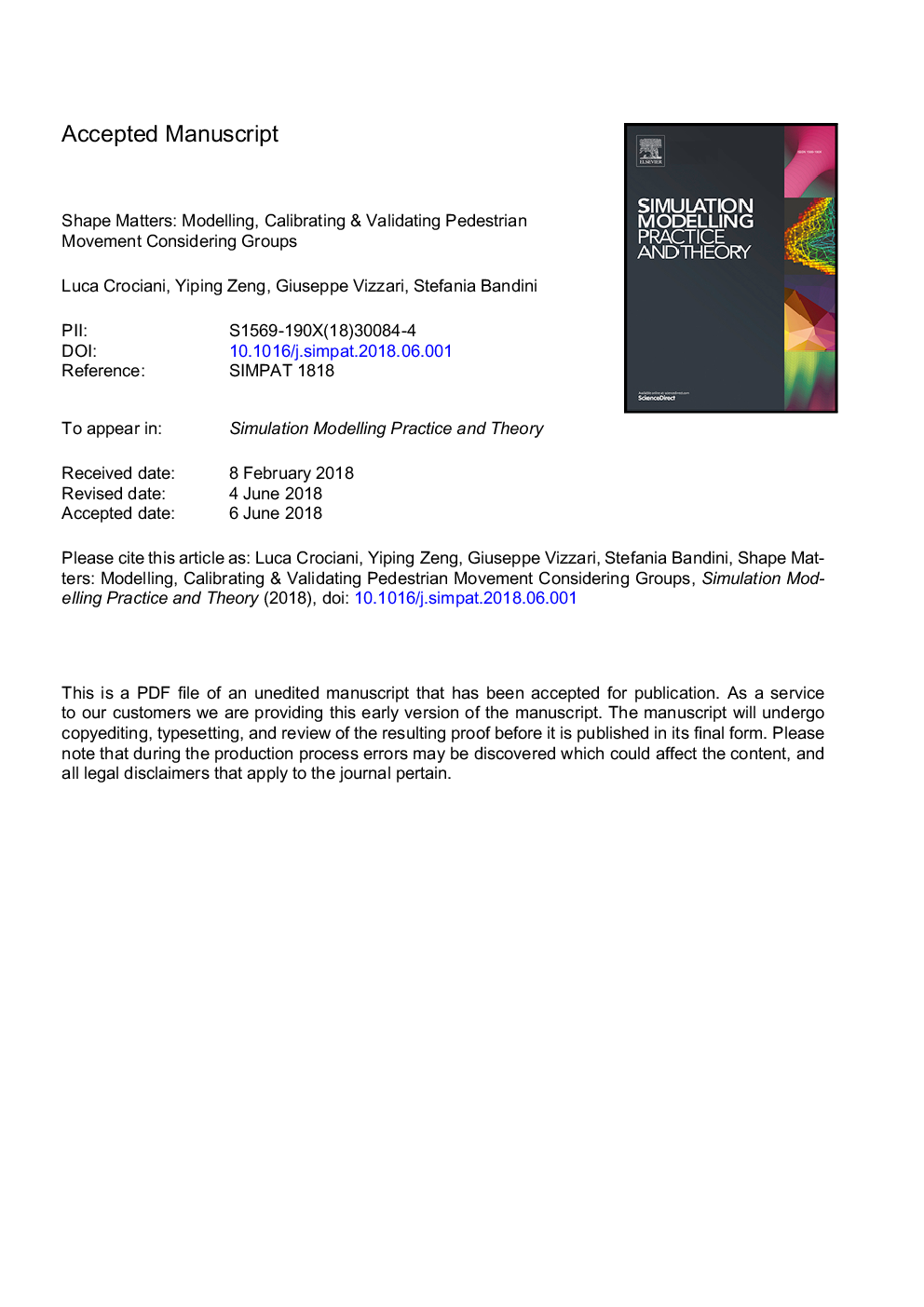| Article ID | Journal | Published Year | Pages | File Type |
|---|---|---|---|---|
| 6902460 | Simulation Modelling Practice and Theory | 2018 | 48 Pages |
Abstract
Computer simulation for pedestrian dynamics is at the same time an application area in which research has completed its cycle and an active and lively research context in which contributions from different disciplines still produce advancements on the state of the art. The study of effects of the presence of groups in the simulated population is object of growing interest in the community. While previous results have started to investigate the phenomenon, implying conflicting tendencies for pedestrians, mechanisms for the flexible management of cohesion among group members are still investigated both in continuous and discrete modelling efforts. The present effort is aimed at extending previous modelling efforts, preserving and improving the capability to generate overall plausible aggregated dynamics, while at the same time improving the precision in the microscopic group dynamics, with particular attention to the shape of dyads. The paper presents validated results based on empirical data from a controlled experiment, also discussing qualitative results in different common situations (bends and bottlenecks).
Related Topics
Physical Sciences and Engineering
Computer Science
Computer Science (General)
Authors
Luca Crociani, Yiping Zeng, Giuseppe Vizzari, Stefania Bandini,
